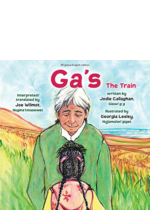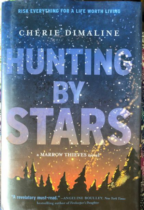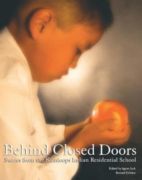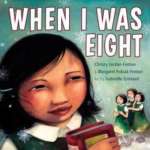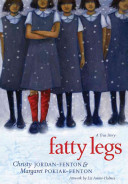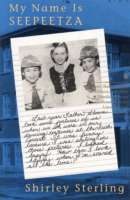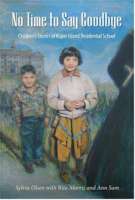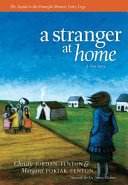
The powerful memoir of an Inuvialuit girl searching for her true self when she returns from residential school. Traveling to be reunited with her family in the Arctic, 10-year-old Margaret Pokiak can hardly contain her excitement. It’s been two years since her parents delivered her to the school run by the dark-cloakednuns and brothers. Coming ashore, Margaret spots her family, but her mother barely recognizes her, screaming, “Not my girl.” Margaret realizes she is now marked as an outsider. And Margaret is an outsider: she has forgotten the language and stories of her people, and she can’t even stomach the food her mother prepares. However, Margaret gradually relearns her language and her family’s way of living. Along the way, she discovers how important it is to remain true to the ways of her people — and to herself. Highlighted by archival photos and striking artwork, this first-person account of a young girl’s struggle to find her place will inspire young readers to ask what it means to belong.
See the review at WOW Review, Volume 4, Issue 2
This book has been included in WOW’s Language and Learning: Children’s and Young Adult Fiction Booklist. For our current list, visit our Booklist page under Resources in the green navigation bar.
